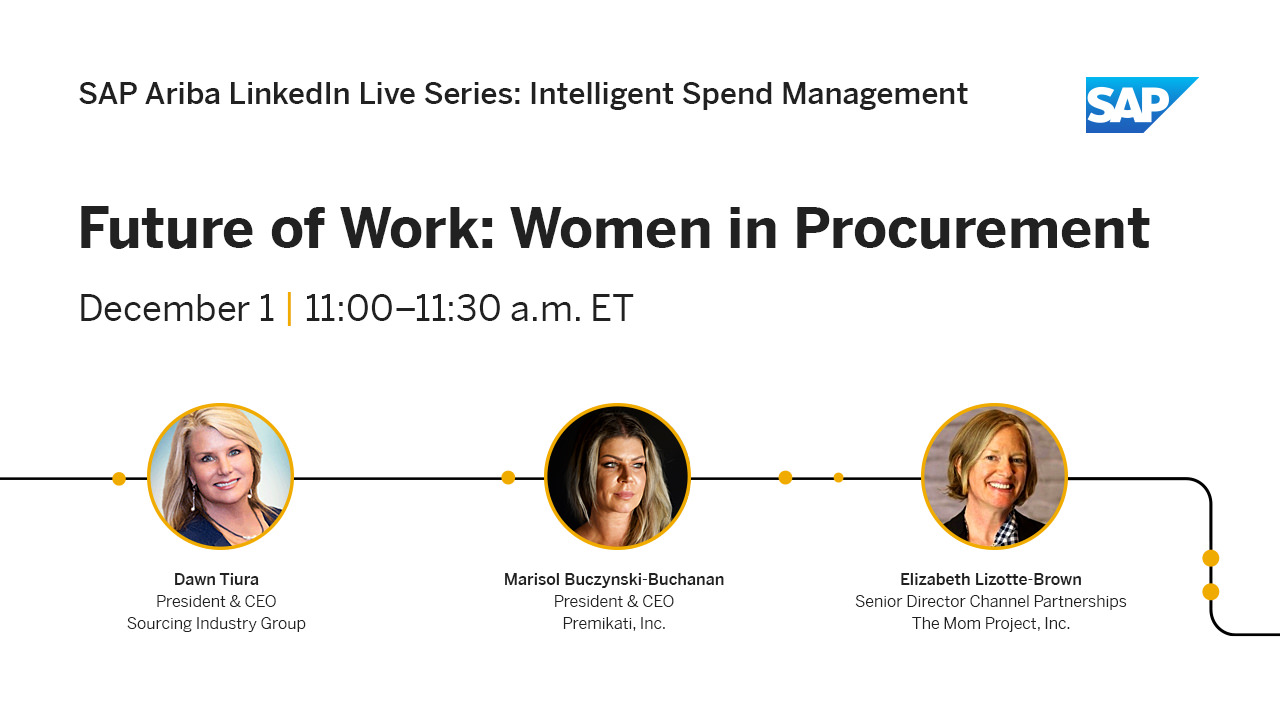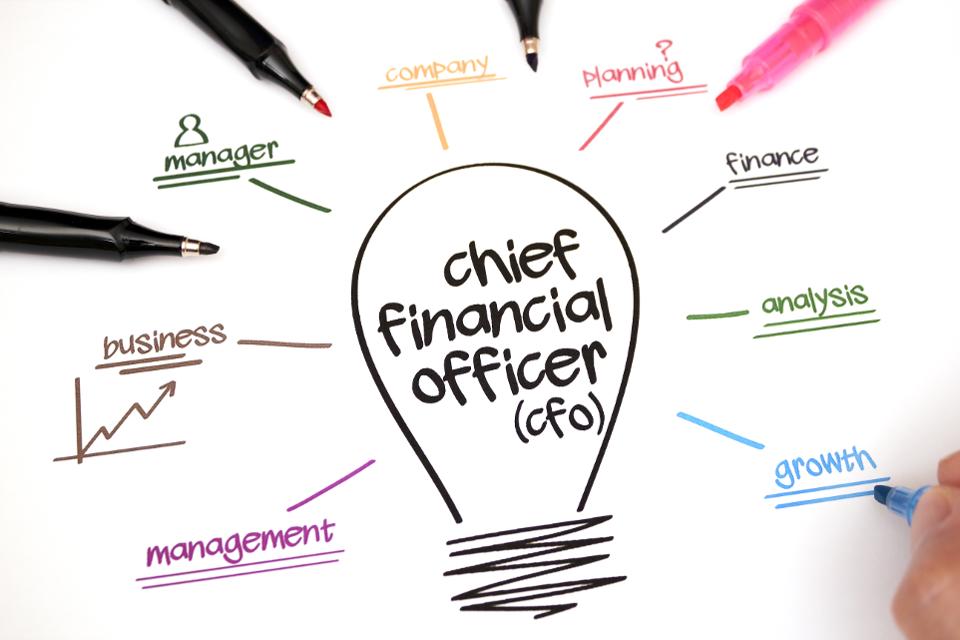So many things have changed in 2020, what a year! But, what matters most is ensuring the spokes of your procurement wheels are all there. It really comes down to the most important fundamentals within the entire procurement space.
Typically, procurement involves designing and deploying strategies that will drive value from the supplier base. To start this process requires in-depth research on current and emerging trends to help determine new solutions and which suppliers are the best fit. Then, it is about managing relationships, conducting best practices in negotiation, and driving a cost-effective plan. Tools to ensure best-in-class procurement can vary from business to another, but here are the essential practices.
Use cloud-based procurement tools
There isn’t a better time than the present to implement future-ready procurement activities. Make sure team members have more time to spend on strategic initiatives, as well as reducing repetitive manual tasks are all vital for continuity especially in the face of unprecedented circumstances.
Invariably, technology plays a massive component of everyday activities. As such, a procurement digital transformation becomes inevitable. Moreover, competitive organizations are the ones taking the lead around implementing digital procurement processes.
Initiate supplier evaluation
Unquestionably this is a crucial step. It takes analytical insights and data to evaluate a potential supplier comprehensively before sending out the contract. In addition, you must execute due diligence around quality, delivery, pricing, and supply chain transparency. Some say this is one of the most important spokes of your procurement wheel.
Many businesses consider procurement as one of their top priorities since it can take up a significant portion of their overall spend. While many companies still have manual procurement practices in place, it’s critical to transition to and embrace relevant technology solutions to keep up with evolving business and consumer demands.
Interview prospective vendors
It is imperative to interview vendors to learn more about their services and products. Every business has a set of suppliers who deliver essential products and services. Yet, qualifying and managing suppliers can become quite complex. It begins with identification of a prospective supplier, then onboarding, scheduling, invoicing, and payments. When executed manually, these processes can take hours each. Other ways to improve supplier engagement include:
- Viewing suppliers as strategic partners
- Setting parameters around specific KPIs
- Creating a mutually-beneficial partnership based on trust
- Facilitating easy communication and collaboration
Optimize inventory
Depending on the economy, and shifts in the market, profit margins can shrink. As such, it is crucial to constantly be on the lookout for ways to improve profits and control spend. So then, procurement should be involved in optimizing inventory as the cost of “holding” inventory is much greater than ordering products. Generally, holding costs should be no more than 30 percent – this includes consumable items, electronics, clothing, and more.
So what causes an unbalanced inventory? Usually, it is the result of ineffective forecasting and planning. To improve inventory management requires data-driven analytics and insights. Ask these questions to help optimize your inventory:
- Have any products or services been over-or-under purchased?
- What is the ratio of operating inventory relative to excess stock?
- What is the desired rate of purchases?
- Do purchase orders align with current inventory levels?
Incorporate spend transparency
Transparency opens opportunities for finding savings and enhancing operational efficiencies. Not to mention, spend transparency enables accountability while mitigating the potential for fraud. What steps can you take to incorporate spend transparency? Below are a few of the fundamentals:
- Spend time defining and deploying procurement policies
- Document every step of your procurement wheel and monitor progress
- Make sure your contracts are fool-proof
- Execute audits frequently
The objective is to decimate maverick and dark spending. With procurement technology, you can use the power of automation and analytics to do just that.
Improve contract management
How would you rate your bargaining abilities? Negotiation skills are paramount in terms of procurement. You don’t want to bend on either quantity or quality. When you embark upon a well-negotiated partnership, you improve your competitive edge while inducing cost savings where needed. One of the most common issues in procurement is contract management.
Why do contracts matter? For many reasons including consistency, supply chain continuity, and budgeting. And, it’s also critical to have a central repository where you can quickly review, manage, and audit your contracts at any time – accessible from anywhere.
Collaborate with suppliers
Now that you have initiated the contract, it’s time to ensure a steady workflow to ensure product shipment or service delivery remains smooth. This is also the time to have backup plans in place in the event of an unforeseen scenario. Supplier management is all about people management.
Manage in-house expectations
Remember that you will still need to win over the confidence of your team members regarding both quantity and quality expectations. As a result, it is important to be prepared for any potential issues, to be transparent with your responses, and to be open to team suggestions.
Review periodically
You might have signed the contract, but it’s not over yet. Now, you must be vigilant to keep suppliers on task with fulfilling their agreements. Still, you must be diplomatic at all times. Keep an eye on the contracts, market conditions, and evolving business requirements.
Final thought
You are now aware of the spokes of your procurement wheel. Some of these processes might seem familiar while others could be new. Nonetheless, procurement excellence mandates proper implementation. The first step in creating a competitive and sustainable procurement process is with the right technology tools. Only then can you make data-driven decisions, maintain compliance, reduce expenses, optimize inventory, and more. Contact Premikati today if you’re ready to take the spokes of your procurement wheel to the next level.










